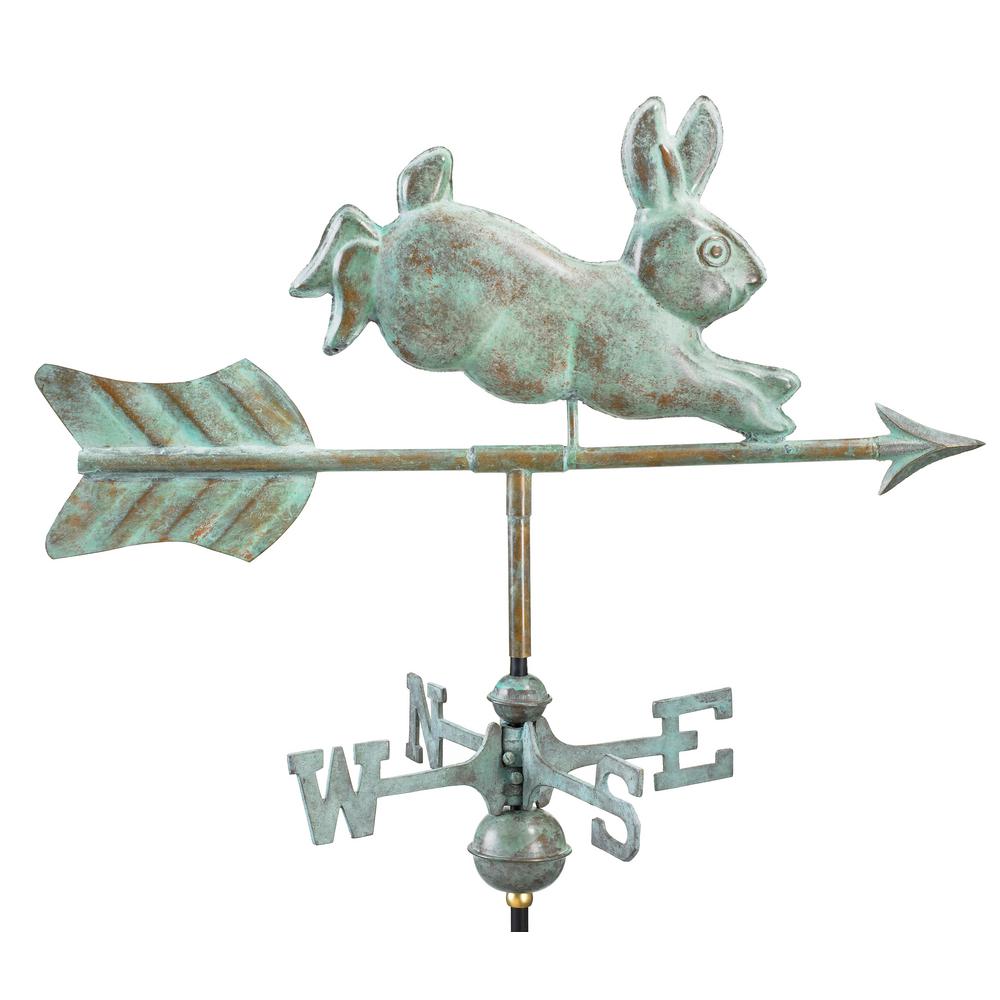
Today, other devices use technology to steal the rooster’s work: such as the anemometer, which indicates more information about the wind, such as its speed. Will we still see rooster weathervanes in the future? This man is therefore responsible for the majority of the weathervanes of today! In a church, the rooster placed at the top of the roof on its mast reminds us of the vigilant and protective Christ.įor this reason, Pope Leo IV made it compulsory for all church towers to have a rooster-shaped weathervane. Did you know that the oldest of them all, the oldest of the weathervane cocks, was in Brescia, Italy? A solar symbol during the Middle Ages, the rooster woke up the inhabitants who were still sleeping in the early morning. They were already found on top of bell towers in the 9th century, according to several sources. It has been a while since weathervanes represented a rooster. Will the weathercock retire soon? The rooster’s long career as a weathervane on top of buildings Access all weather data directly from your smartphone to better forecast the weather. To go beyond simple wind direction and support your wrought iron rooster on the roof of the house or in the garden, the Netatmo Smart Weather Station provides you with all the weather information you need. Note also that the weathervane is not only intended to measure the direction of the wind: it is also (and above all) an object of outdoor decoration! So where does the rooster point? Although the new generations use this rudimentary instrument less, weathervanes are still very present in the British landscape. If a wind vane on a roof in England, for example in London, indicates that the wind is coming from the North or the East, it is likely to be cold and bring bad weather.Ĭonversely, the south wind is often associated with heat. whether it comes from the North, South, East or West. It is a way of finding out the direction of the wind at a lower cost, which is why wind vanes have been used for a very long time, in particular, to find out the cardinal origin of the wind, i.e. It is not uncommon to see them on top of churches and cathedrals, but also the roofs and gardens of private homes.

In practice, the weathervane often takes the form of a wrought iron cockerel, fixed to mast-shaped support, which turns according to the direction in which the wind blows. The weathervane, the little rooster on the roof that indicates the direction of the windĪccording to its definition, a wind vane is nothing more or less than a metal plate that moves around a vertical axis and is positioned on top of a building or roof to indicate the direction of the wind.


 0 kommentar(er)
0 kommentar(er)
